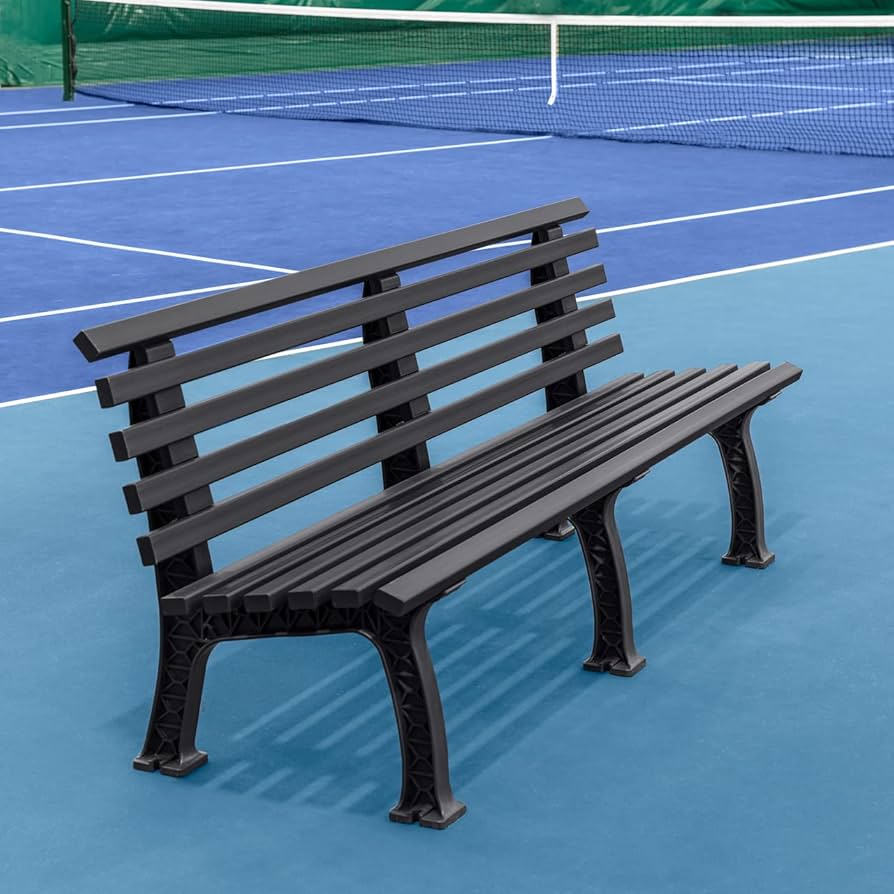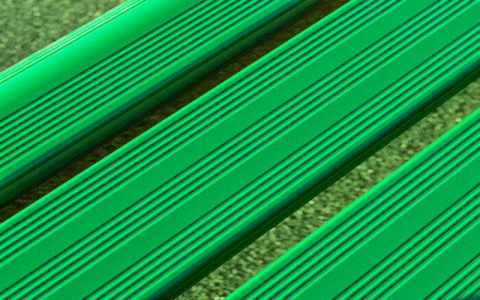A tennis court bench is a crucial fixture providing designated rest areas for players during changeovers and between sets, as well as seating for coaches, teammates, or spectators. Its primary functions are to offer comfort, facilitate recovery, and maintain an organized courtside environment.
Key Selection Criteria
Choosing an appropriate tennis court bench involves considering several critical factors to ensure optimal performance and longevity:
- Material Construction:
- Aluminum: Lightweight, inherently rust-proof, often powder-coated for enhanced durability and color options. Ideal for variable weather conditions.
- Recycled Plastic/HDPE: Extremely durable, resistant to moisture, fading, and graffiti. Low maintenance and environmentally conscious.
- Steel: Strong and robust, typically requiring protective coatings (e.g., thermoplastic, powder coat) to prevent rust. Heavier than aluminum.
- Treated Wood: Offers a classic aesthetic but demands regular maintenance (sealing, staining) to resist rot, insects, and weathering.
- Durability & Weather Resistance: Essential for outdoor installations. Materials should be UV-stabilized to prevent degradation from sun exposure, and fastenings should be corrosion-resistant.
- Design & Ergonomics: Options range from basic flat benches to contoured seats with backrests and armrests for superior comfort. Consider rounded edges for safety.
- Size & Capacity: Standard lengths are typically 4 ft, 6 ft, or 8 ft, accommodating two to four adults. Selection depends on available space and anticipated user numbers.
- Portability & Mounting: Benches can be freestanding for easy relocation, or feature surface or in-ground mounting options for permanent, secure placement.
- Maintenance Requirements: Varies significantly by material. Plastic and aluminum are low-maintenance, while wood requires more diligent attention.
- Additional Features: Some benches may include built-in cup holders, towel racks, shoe cleaning grates, or even small canopies for shade.
Common Types and Applications
- Player Benches: Positioned courtside for player use during matches. Robustness and comfort are key.
- Spectator Seating: Can be individual benches or part of larger bleacher systems, prioritizing visibility and comfort for viewers.
- Clubhouse & Patio Benches: Often chosen for aesthetic appeal in addition to functionality, for social areas around the courts.
- Umpire Chair Benches: Some umpire chairs include an attached bench or seat for officials.
Strategic Placement
Optimal placement is critical for functionality and safety:

- Typically located along the sidelines, set back sufficiently from the court boundaries to prevent interference with play.
- Positioned to offer clear views of the court for players and officials.
- In multi-court facilities, often placed between courts or in designated player/spectator zones.
- Ensure pathways around benches are clear and unobstructed to maintain safe access.
A well-chosen and correctly placed tennis court bench significantly enhances the functionality and professional appearance of any tennis facility, contributing to a positive experience for all users.




















